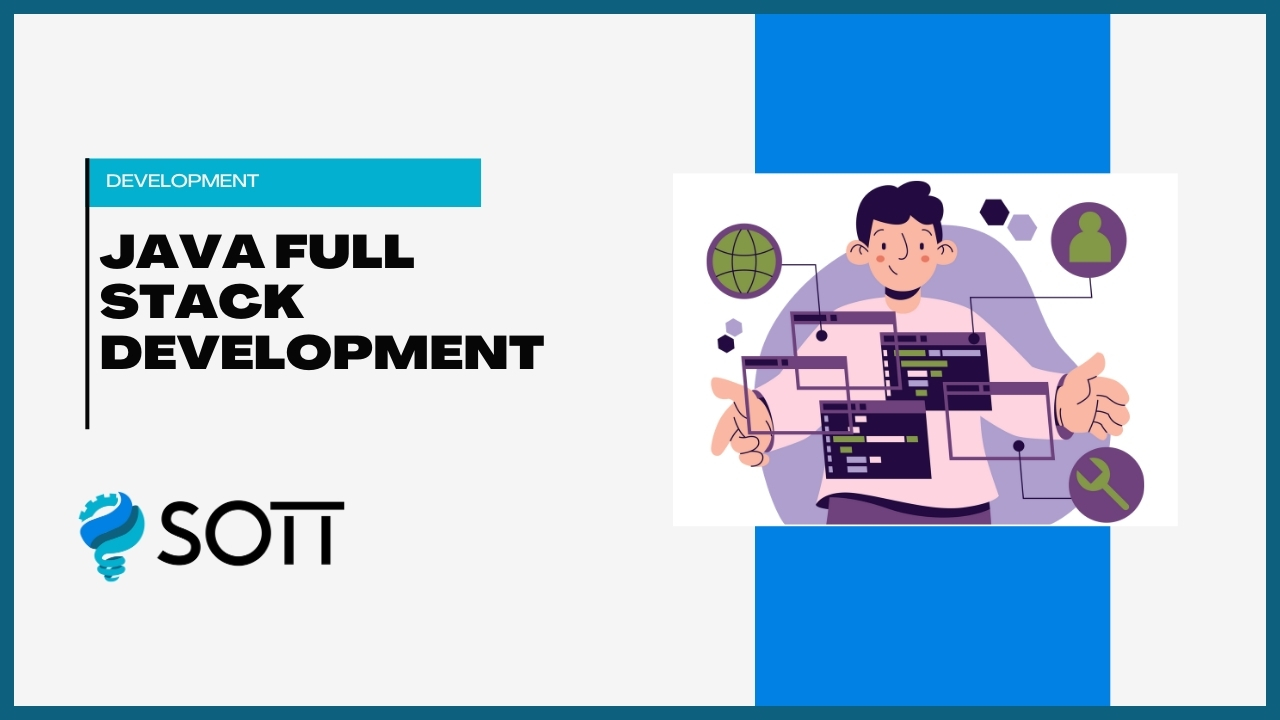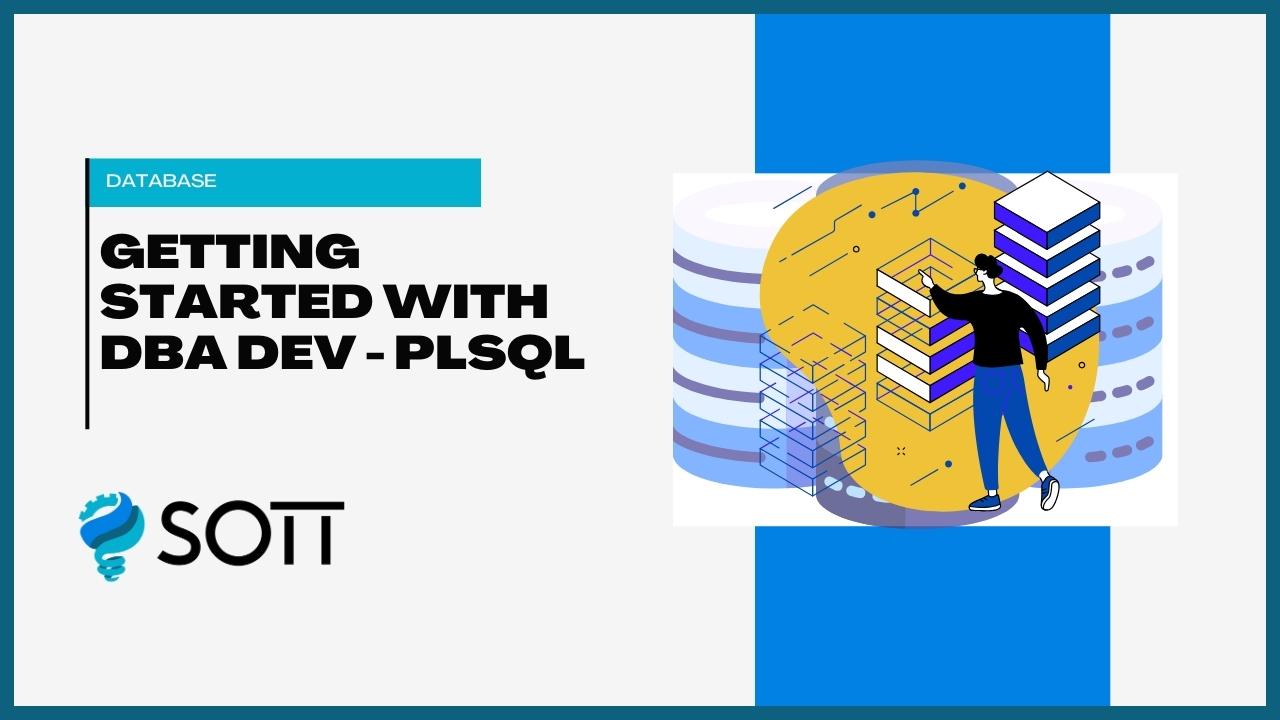Lesson 1: Introduction to Java
-
History and Features of Java - Evolution, portability, platform independence
-
Installing Java Development Kit (JDK) - Installation steps for JDK, Setting up PATH environment variable - Setting Up JDK and IDE - IDE setup for Eclipse and IntelliJ IDEA
-
Writing and Running Java Programs - Basics of writing and executing a "Hello, World!" program
Lesson 2: Java Fundamentals
-
Variables and Data Types - Primitive data types, Type conversion, Type casting
-
Control Flow - if-else, switch, loops (for, while, do-while)
-
Arrays and Strings - Single and multidimensional arrays, String manipulation and methods
Lesson 3: Object-Oriented Programming (OOP)
-
Classes and Objects - Defining classes, Creating and using objects
-
OOP Principles - Inheritance, Polymorphism, Encapsulation, Abstraction
-
Exception Handling - try-catch, finally, throw, throws
Lesson 4: Java Collections Framework
-
List, Set, and Map Interfaces - Overview and use cases
-
ArrayList, HashSet, HashMap - Common implementations and applications
-
Iterators and Streams - Using Iterators, Stream API for filtering and processing
Lesson 1: Servlets
-
Basics of Servlets - Definition, role, and advantages - Servlet Lifecycle, Writing Your First Servlet
-
Handling Requests and Responses - GET and POST methods, Session Management
Lesson 2: JavaServer Pages (JSP)
-
Basics of JSP - JSP Lifecycle, JSP Tags and Scriptlets
-
JSP and Servlets Integration - Passing data between JSP and Servlets
-
Custom Tags and Expression Language
Lesson 3: JDBC (Java Database Connectivity)
-
Basics of JDBC - Connecting to a Database, Executing Queries
-
Prepared Statements and Transactions - Using PreparedStatement, Managing Transactions
-
Database Connection Pooling
Lesson 4: Hibernate
1. Introduction to Hibernate - ORM Basics, Hibernate Architecture
2. Configurations and Mappings - Hibernate.cfg.xml, Annotations for Entity Mapping
3. CRUD Operations with Hibernate - Session and Transaction Management
Lesson 5: Spring Framework
-
Introduction to Spring - Dependency Injection (DI) and Inversion of Control (IoC), Spring Bean Lifecycle - Initialization, destruction, and configuration
-
Spring Modules Overview - Spring MVC, Spring AOP, Spring Security
- Application Context and Configuration - XML and Annotation-Based Configuration
Lesson 6: Spring Boot
-
Introduction to Spring Boot - Features and Advantages, Setting Up a Spring Boot Application
-
REST API Development - Creating RESTful Services, Using @RestController and @RequestMapping
-
Spring Boot with JPA - CRUD Operations Using Spring Data JPA, Pagination and Sorting
Lesson 1: Maven
-
Introduction to Maven - Maven Build Lifecycle, POM (Project Object Model)
-
Managing Dependencies - Using Maven Repositories, Creating Multi-Module Projects
Lesson 2: Gradle
-
Introduction to Gradle - Gradle Build Scripts (Groovy/ Kotlin), Gradle Tasks and Plugins
-
Dependency Management - Adding and configuring dependencies, Gradle Wrapper
Lesson 1: Frontend Integration
-
Introduction to Frontend Technologies - Basics of HTML, CSS, JavaScript, Overview of Frameworks like Angular and React
-
Integrating Java Backend with Frontend - Using REST APIs, AJAX and Fetch API
Lesson 2: Deployment
- Packaging and Deployment - Creating WAR/JAR files, Deploying on Servers like Tomcat
- Cloud Deployment - Deploying on AWS or Heroku, Containerization with Docker

- CategoryDevelopment
- LevelExpert
- Duration3 Months
- Available SeatsUnlimited
Course Key Highlights
Real-Time Experts
Learn from industry experts with real-time experience.
Placement Support
Get assistance in securing your dream job with our dedicated placement support.
Live Project
Work on live projects to gain hands-on experience.
Certified Professional
Become a certified professional with industry-recognized certification.
Affordable Fees
Get the best quality education at affordable fees.
Flexibility To Assist
Flexible learning options to assist you in every way possible.
No Cost EMI
Pay your course fees in easy installments with no cost EMI.
Free Soft Skills
Develop essential soft skills along with technical knowledge.
Popular Questions to Ask Before Choosing a Course
SOTT courses include comprehensive video lessons, hands-on projects, downloadable resources, and live mentorship sessions. Our curriculum is designed to provide you with all the tools you need to succeed in your chosen field.
No, SOTT courses are designed to be flexible. You can start learning whenever it suits you best, and you have lifetime access to the course materials to learn at your own pace.
To take a SOTT course, simply enroll in the course of your choice, and you will have access to all the lessons, resources, and mentorship opportunities available. You can learn from any device, at any time.
Yes, upon completing a SOTT course, you will receive a certificate of completion, which you can share with your network and use to showcase your newly acquired skills to potential employers.
If you need help, you can reach out to our support team or connect with your course mentor for guidance. We are here to ensure you have the best learning experience possible.




